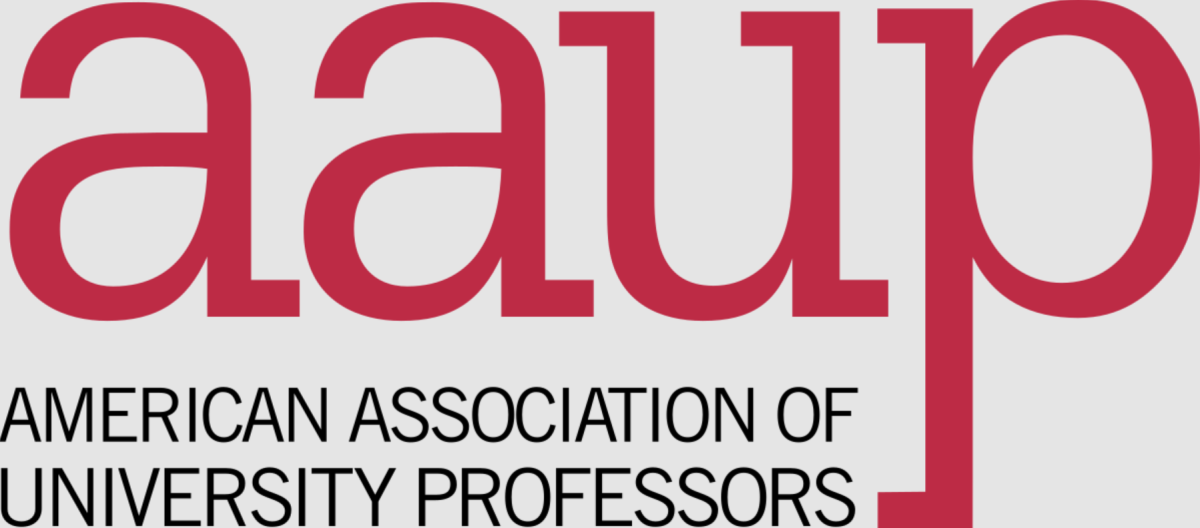In 2018, it would appear that conservatism has become the preeminent ideology within U.S. politics. Republicans hold the majority in both houses of Congress; following the likely confirmation of Brett Kavanaugh, the Supreme Court will be the most right-leaning it has been in decades; and the presidency is occupied by Republican Donald Trump.
Democrats, politically, have appeared to be utterly aimless for the past two years. It would only seem natural for Democratic voters to feel a sense of defeat ahead of the midterm elections.
As it turns out, there is a great deal of dissonance between the reigning ideology of our elected officials and the American public. This disconnect between elected officials and the constituency can be seen throughout our political system, with a prime example being the 2016 election, where nearly 3 million more Americans cast their vote for Democrat Hillary Clinton. Similarly, of the last seven presidential elections Democrats have won the the popular vote six times, yet have only sealed the win four of those times.
The disconnect can be seen even more vividly when looking at the popularity breakdown of actual matters of policy. Even more pronounced is the gap between young voters and elected officials on policy.
A snapshot of the political landscape would show that immigration, healthcare, trade and abortion rights are among the most popular issues in our society. The dominant party’s positions on these can broadly be described as wanting to construct a wall to curb immigration; privatizing the healthcare industry; creating tariffs; and now, possibly overturning Roe v. Wade.
Americans overwhelmingly disagree with the creation of a border wall and 43 percent believe that it would have little impact on illegal immigration. Among young people likely to vote, a Harvard Kennedy School poll found that 57 percent were “strongly opposed” to a border wall.
A whopping 60 percent of Americans believe that the government should be responsible for providing health care coverage to all Americans, while only 38 percent believe health care is not a governmental responsibility. As with the creation of the border wall, even more young Americans are in support of health care coverage being a governmental responsibility, polling at 67 percent in a GenForward study.
On the issues of trade and tariffs, 54 percent of Americans believe that government should pursue more free-trade deals, and 24 percent believe we should pursue tariffs on competing products. A survey by the Kaiser Family Foundation reported that 67 percent of Americans do not want to see Roe v. Wade appealed. Young people are more supportive of reproductive rights with 65 percent saying abortion should be legal in all or most cases.
Looking at approval ratings for policies like this clearly denotes several discrepancies between what the American public — especially American youth — favors and what our politicians are attempting to do.
A particularly poignant example of this is right here in the state of North Carolina. The voting registration statistics of North Carolina paint a vastly different picture of our state than Congressional maps do. On election day 2016, the NC State Board of Elections reported 2,733,188 registered Democrats, and only 2,086,942 registered Republicans.
Unaffiliated voters do make up a sizeable portion of North Carolina electorate in 2016 — 2,065,687 to be exact. However, independent voters nationally tend to be split between the parties, with a slight edge to Democrats. A Pew Research Center study discovered that 44 percent of independents leaned towards the Democratic party, while 41 percent leaned towards the Republican party.
It is not an accident that Republicans still control 10 out of 13 Congressional seats despite our state’s voter breakdown. It is also not an accident that we have a Republican supermajority in the General Assembly. The right has a multitude of structural advantages over Democrats that have lead us to this point.
Gerrymandering is perhaps the biggest way in which the right has an advantage. Being able to manipulate voting districts with relative impunity has greatly set the cards in favor of Republicans. The creation of voter ID laws that targeted African-Americans with “surgical precision” was ruled by the courts to have an intent to cut out a sizeable portion of the Democratic vote, causing them to be overturned.
In order to reverse these advantages and obtain politicians who actually represent the interests of most Americans, the “blue wave” must not only hit North Carolina, but it must be sustained for years to come. This does not simply mean voting. If we want to see significant results, a great degree of organizing must be done. Volunteering for campaigns, registering other people to vote, contributing small donations and organizing carpools to the polls are just a few of the ways we can contribute to the “blue wave” in a bigger capacity than just voting.
Additionally, to truly achieve the structural change we are looking for, voters must treat local politics with the same urgency as our national politics. As my colleague succinctly pointed out in the title of his article on the subject, “The supermajority is the heart of NC’s problems,” the same principles of organizing, participating in activism, and going out to vote are crucial in bringing fair representation to our state’s politics.














